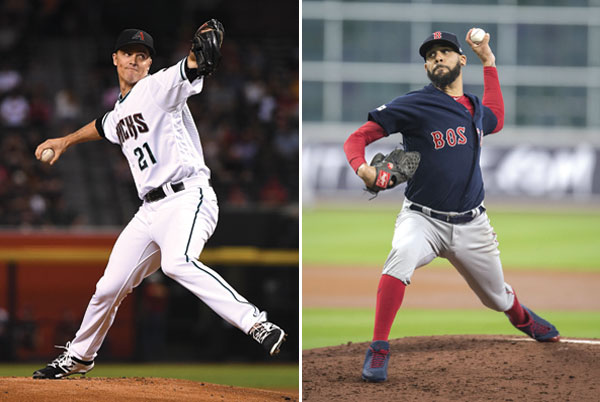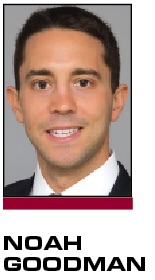I n fall 2015, David Price, a 30-year-old free agent, signed a seven-year contract with the Boston Red Sox worth $217 million. Less than a week later, Zack Greinke, a 32-year-old free agent, signed a six-year contract with the Arizona Diamondbacks worth $206 million. Despite the size of these contracts, their significance is noteworthy for another reason: Free agency in Major League Baseball is antiquated and serves as a restraint on trade.
Under the current CBA, which was ratified in December 2016, free agents are paid for past performance, rather than their future production. In essence, age is the fundamental inefficiency of MLB’s labor market. A glance at the list of free agents in any offseason demonstrates that most players have either reached or are exiting their physical prime. Take the 2016 offseason, for example. During that late fall and early winter, only four players — Aroldis Chapman, Dexter Fowler, Kenley Jansen and Ian Desmond — signed contracts in excess of four years. All of those players were age 29 or older.
Baseball’s free-agency inefficiency is a consequence of the structure that the players and the owners originally agreed to in 1976 when they ratified their first CBA. Under that system, the players traded six years of major league service time for unrestricted free agency. The current market efficiency is for teams to sign younger players beyond their six years of team control below market value. This framework is similar to the way the reserve clause used to work — a system in which the owners restrained employment mobility for nearly a century by having the unilateral option to renew a player’s contract into the next season. Simply put, despite being well compensated, the current trend in MLB is that players are still bound to their team until their value has peaked.
 |
Contracts for players such as Greinke (left) and Price can potentially cripple a team’s finances.
Photos by: GETTY IMAGES
|
The present labor model is indisputably flawed. It reflects how teams are assessing the risk of players’ performance. Teams now gamble on young players’ future performance by signing them to long-term extensions below market value. But as even proven players’ performance peaks, over time they reach an inevitable point of decline. But at that point, teams are overpaying for a declining player. This shift in market value demonstrates that free agency is outdated. The owners and MLBPA should acknowledge that fact and should look into starting free agency sooner.
Such a system would place the burden on the owners to invest their money back into the labor market and give the players greater opportunity to choose their employer and bargain for their compensation. Additionally, allowing players to reach free agency earlier will alleviate the crippling effects of mega-contracts to players like Price and Greinke whose performance has already declined since they were free agents just two years ago. If a player reaches free agency at, say, 27 or 28 — instead of 29 or 30 like they do now — it will lead to a higher probability that fewer years will count as sunk costs where the player cannot perform as well because of his declining physical ability.
Early free agency would formalize the logical idea of labor costs rising or declining according to its value. This is essential in an industry where age matters a great deal. The present system distorts the market by suppressing labor costs initially and only giving players effectively one shot at a significant contract.
Noah Goodman is an associate in the Philadelphia office at Ballard Spahr.





